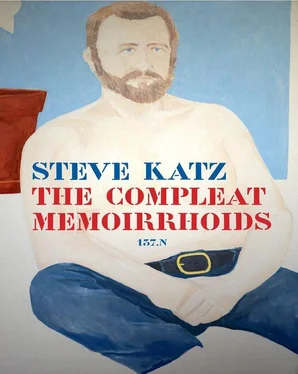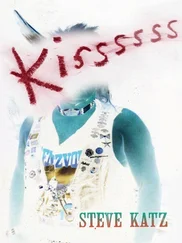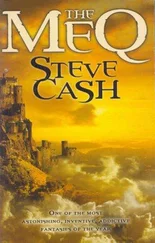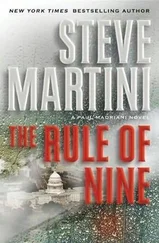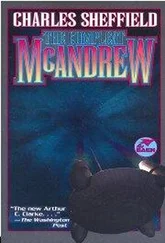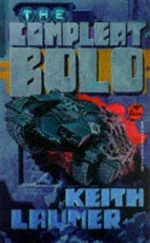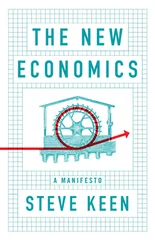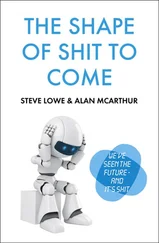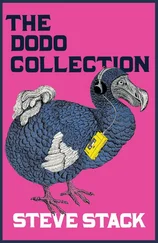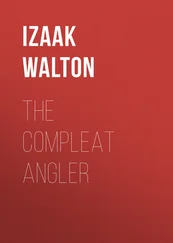Until I “googled” Richard Kalvar, before I decided to write this piece, I carried around in my mind a tragic story about him. I don’t know where I got it. The story was that soon after I moved in he died of a rare unspecified disease. I took that for true for a long time, and told it to people, most of whom didn’t know him. It’s a common sickness, to congratulate your own sense of survival in the wake of another’s tragedy — those thick chocolates of schadenfreude, a most wicked and delicious felicity. The apartment always seemed to have a Richard Kalvar memorial timbre for me, like living in an illuminated sarcophagus. He didn’t cooperate, however, and was totally resurrected through the internet. All that time I pretended to feel bad for his fate, he’d been enjoying a successful, even notable career as a photographer in Paris. Alive! How blandly for us the world wide web anticipates the promise of resurrection. Its environment is odor free. It doesn’t discriminate. It presents an infinite field of revivification. The dead rise out of its continuum onto our screens, in our minds. One hardly has to die today to be raised from the dead. We are all dispersed, throughout the web’s addictive monotony, and we carelessly take the bait dangled through Google, through Facebook, fisher of souls.
Long before I was ready to understand that a career as a writer exposes you more to humiliation than exaltation I endured two elegant, though almost paralyzing put-downs. I transferred from the tuition-free School of Agriculture at Cornell, where I had misplaced myself in a pre-veteri-nary curriculum, to the pricey College of Liberal Arts, where I felt more comfortable in my ambition to be a writer. Although I had a couple of scholarships I still had to work my ass off to afford the tuition. I felt more comfortable in classes on Western Civilization, Metaphysical Poets, Shakespeare, than in Animal Husbandry, Entomology, Botany. In retrospect I feel a little different about it, and were I to go back now as fascinated as I am by life sciences, I might continue in Agriculture. My Shakespeare course was taught by the brilliant, charismatic William Keast. The privilege of listening to him exfoliate Othello or The Tempest , releasing the secrets of those texts into the room like rare scents, made my transfer worth whatever it cost me. I felt empowered through the bard to have wild literary presumptions, and to dawdle in dreams of my own works.
I got back my first paper, which I believed I had written in the throes of rare inspiration. The grad assistant had given it 55, five points below failing. I was shaken as if by a personal earthquake. People in the seats around me must have felt me shaking. At my waiting job, where I had increased my hours so I could afford the new college, plates rattled as I set them on the table. My first paper, and I’d got 55. Below the grade the assistant wrote, “This is sheer nonsense.”
Dr. Keast held office hours once a week, and I took my paper to appeal to him. I didn’t know what I wanted, perhaps for him to rescue me from trembling and numbness. I wanted my blood to move again. I feared going back to courses in animal feeds and feeding. I didn’t want a course in lepidoptery, Nabokov notwithstanding. His office was in one of the dusty corridors of Goldwin Smith Hall. He was more kindly in receiving me than I had anticipated. He wore a short-sleeved shirt with open collar, and corduroy pants. His wavy white hair was not so neatly combed as it was at his lectures. His features that were icy and sharp at the podium, softened somewhat up close. The grey-blue eyes that in the lecture hall projected an aura of terrifying intellect, were just as piercing, and fiercely intelligent. I had nothing to say. All I could do was extend the paper towards him, as if I was showing my wound. He took it and gently scanned the pages. I watched him with tears brimming. “Hmmm!” he said once. “Here’s a little something.” He finally told me that his grader had been a little harsh. He made some marks and handed the paper back. I didn’t look at it until I was outside Goldwin Smith Hall. He had raised the grade to 60, just passing. And from the comment, “This is sheer nonsense!” he had crossed out the word “sheer.”
And then the year I graduated I applied for a Stegner writing fellowship at Stanford. It was the fellowship that Kesey got, and Robert Stone, so it was slanted towards hard-bitten American realism. I had stranger ambitions for my work; nonetheless, I was close. I expected to win. I expected a two-year ride with time to think about nothing but writing. I would write something great. Stanford was where Kesey was introduced to acid through a government experiment. I sometimes wonder what would have happened if I had fallen into that environment at that time. Would I have become a Merry Prankster and jumped aboard the rolling, acid fueled fraternity house? I was never very good at joining anything, but acid was a powerful morphological tool. I didn’t get the fellowship, and that was an enormous blow. I knew I was way up on the short list. Out of the despair of rejection I wrote to ask if I could apply a second time, maybe in the next year. Wallace Stegner himself signed the reply. It read, “You are certainly free to apply for the fellowship a second time, and even a third time.” To paraphrase Paul Blackburn, “My asshole fell out, and crawled all the way to Baltimore.”
Embedded in my gallery of visual nostalgia, like an unforgettable dance movement, is the shallow arc of the span of the George Washington Bridge before the lower roadway was added. It was a mile long elegant convex gesture of engineering, yoking New Jersey and New York City. My youth never kept me from sitting with the old folks on the terrace at the west end of Jayhood Wright Park to gaze on this phenomenon of grace. It made me sing. It made each day precious. Life turned gross and full of dreary practicality when they built the lower roadway. They also threw up a high-rise to obstruct the view from the terrace.
At that time, though we lived far from the lower east side, I could lie in bed in the morning and listen to the cry of the ragman. “High cash clothes, high cash clothes,” he chanted as he plied the streets of Washington Heights as if it was way downtown. And there was a knife sharpener who came by less frequently, but sometimes added to the music of my mornings. He rode his bicycle, pulling the carborundum wheel and implements behind. “Scissors sharpened. Knives sharper. Sharp here. Sharp here.” Housewives rushed to meet him with their cutlery in canvas bags. His wheel screeched as sparks and water droplets flew. Then there was Manny who pulled his horse-drawn cart up to the corner of Ft. Washington Avenue and 173rd, and sold vegetables and fruit. Manny was good to the horse, that always had his muzzle in a leather oat bag hung over his ears. My mother wouldn’t go near the beast, and didn’t want me to either. A horse had bitten her when she was a kid, and she lived in fear of them. I worked for Mr. Manny occasionally. He’d give me a penny a delivery to carry bags of vegetables and fruit to the old ladies in apartments around the neighborhood. They fearfully cracked the door and sniffed me out before they opened. Some would tip me, maybe a nickel. We were poor. I was nine. Any money was a lot of money.
Once they hung the lower roadway my childhood slowly coarsened. No cause and effect, except in my private economy. I could hardly look at the bridge any more. It was dull and clumsy. It was first proof for me that in America commerce trumps beauty.
One day, when I stepped out of my building, a teen-ager riding a delivery bike, one of those grocery bikes with a big box on two wheels in front, called out, “Hey kid.” He gestured for me to come over. “Want to make a quarter real easy?” A quarter to me was a fortune. “Yeah. What?” “Just come with me. I’ll give you a quarter.” That was six maybe seven egg creams at the Russian’s candy store on Broadway and 173rd. It was two fistfuls of Clark bars. For the quarter I let him lead me into a big building on 173rd and Haven Avenue. The interior was a labyrinth of corridors and turns. I followed him past apartment after apartment till he stopped near the back of the building. Everything around me was beige.
Читать дальше
